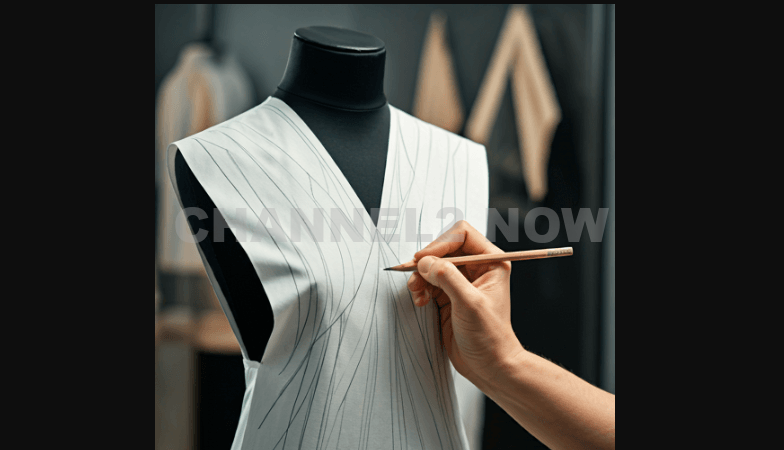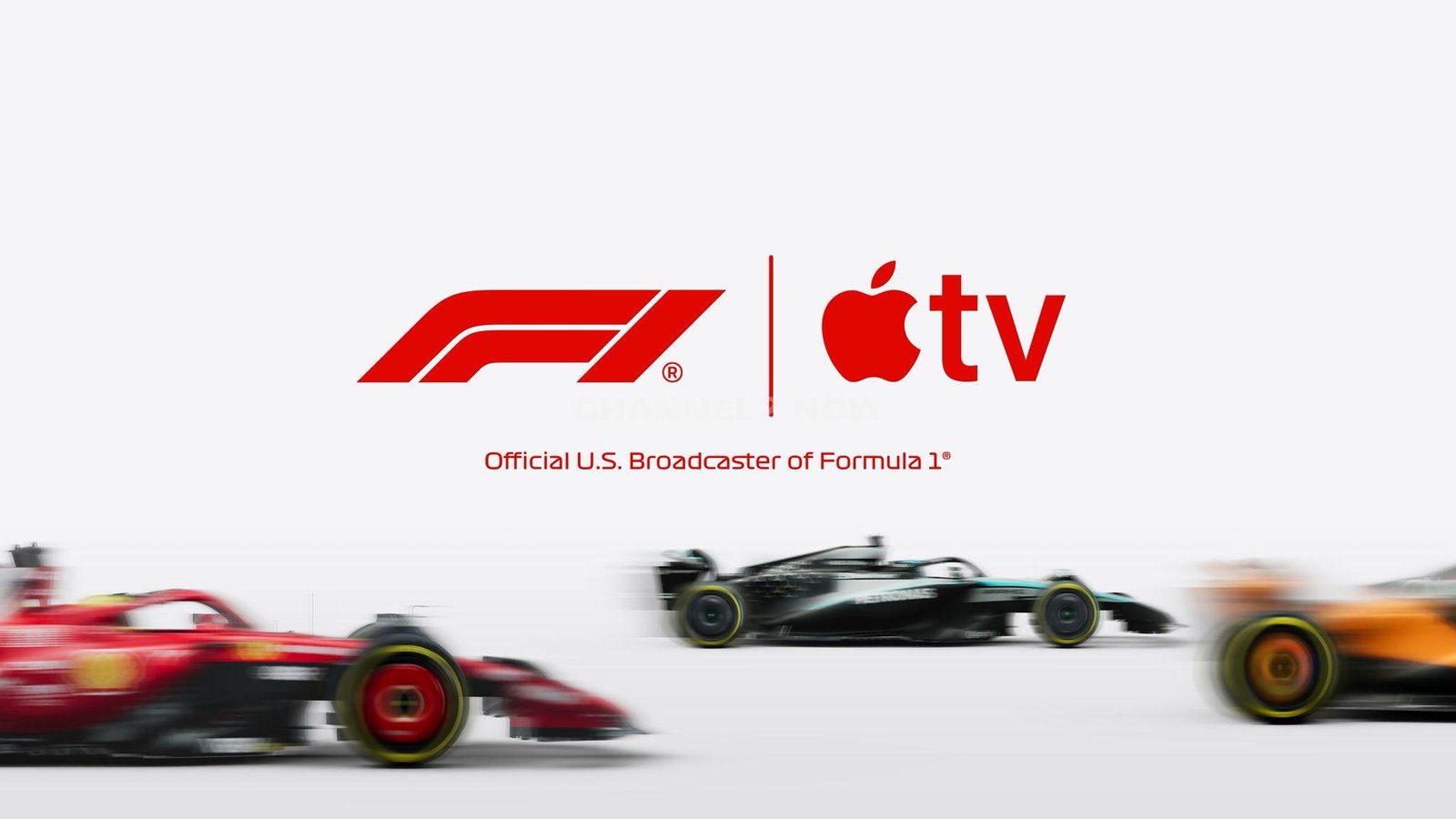Business & Economy
Micro Niches in Fashion Industry

Micro niches in the fashion industry refer to highly specific, small segments of the market that cater to particular audiences with unique preferences, styles, or needs.
These niches are often focused on particular aspects of fashion, such as material, culture, size, or sustainability. Here are some examples of micro niches within the fashion industry:
1. Sustainable and Ethical Fashion
- Eco-Friendly Fabrics: Clothing made from organic or recycled materials, such as organic cotton, bamboo, hemp, or recycled plastics.
- Vegan Fashion: Garments, shoes, and accessories made without the use of animal products, appealing to ethically conscious consumers.
- Zero-Waste Fashion: Brands that focus on minimizing textile waste in production by using off-cuts or designing clothes that produce little to no waste.
2. Plus-Size or Petite Fashion
- Plus-Size Fashion: A growing niche that caters to consumers looking for stylish, well-fitted clothing in larger sizes.
- Petite Fashion: Clothing designed specifically for women of shorter stature, offering better-fitting options compared to standard sizing.
3. Modest Fashion
- Clothing that adheres to religious or cultural standards of modesty, such as longer hemlines, loose fits, and coverage of specific areas of the body. Popular among Muslim, Jewish, and Christian communities, with an emphasis on conservative yet stylish design.
4. Tech-Integrated Fashion
- Smart Clothing: Wearables that incorporate technology, like fitness tracking, heart rate monitoring, or temperature regulation into everyday fashion.
- Interactive Fashion: Clothing that can change colors or patterns in response to external stimuli, such as temperature or touch.
5. Gender-Neutral or Androgynous Fashion
- Fashion that avoids traditional gender binaries, offering clothing that is versatile, unisex, and inclusive for individuals who prefer not to conform to specific male or female dress codes.
6. Vintage or Retro Fashion
- Fashion that revives trends from past decades, offering pieces that resemble or are inspired by styles from the 1950s, 60s, 70s, and so on. Some brands focus on selling authentic vintage items, while others recreate retro styles with modern twists.
7. Fitness and Athleisure Fashion
- Athleisure: A cross between athletic wear and casual fashion, designed for both exercise and everyday comfort.
- Performance Wear: High-tech fitness gear made with moisture-wicking fabrics, UV protection, and compression, tailored to specific sports or activities.
8. Cultural or Heritage Fashion
- Traditional Wear: Clothing inspired by the cultural heritage of specific ethnic groups, such as African prints, Indian sarees, or Japanese kimonos, with a modern twist for contemporary consumers.
- Indigenous Fashion: Focus on designs, materials, and craftsmanship rooted in indigenous communities, often promoting fair trade and cultural appreciation.
9. Maternity Fashion
- Clothing designed for expectant mothers, focusing on comfort, flexibility, and style, catering to different stages of pregnancy as well as postpartum needs.
10. Luxury Streetwear
- A niche that blends high-end fashion with urban streetwear aesthetics. This category appeals to those seeking exclusive, high-fashion pieces with a street-style edge, often characterized by limited-edition items.
11. Adaptive Fashion
- Fashion designed specifically for individuals with disabilities or special needs. This niche focuses on clothing that is easier to put on, such as items with Velcro closures, magnetic buttons, and accessible designs for wheelchair users.
12. Festival and Rave Wear
- Clothing and accessories designed for music festivals and raves, often featuring bold, neon colors, sequins, and avant-garde designs to match the energetic, expressive atmosphere of these events.
13. Loungewear and Sleepwear Fashion
- Specialized clothing designed for comfort and relaxation at home. With the rise of remote work, this niche has gained popularity, blending style with comfort for casual yet stylish at-home attire.
Each micro niche has its own dedicated customer base, allowing brands to create highly targeted marketing strategies and product lines that cater to specific consumer needs.
These niches can be profitable by fostering loyal communities and addressing gaps in the mainstream fashion market.
Business & Economy
Apple TV Secures Exclusive 5-Year U.S. Broadcast Rights for Formula 1 in Landmark $700 Million Deal

CUPERTINO, Calif. — Apple TV has finalized a historic five-year agreement with Formula 1 to become the sport’s exclusive media rights holder in the United States, replacing ESPN as the official broadcast partner beginning with the upcoming F1 season.
Under the new contract, Apple TV will pay approximately $140 million per year, a 55% increase over ESPN’s most recent annual rights fee of $90 million. The total value of the deal is estimated at $700 million, reflecting the rapid surge in Formula 1’s U.S. media valuation over the past decade.
Formula 1’s broadcast rights in the U.S. have experienced exponential growth. When ESPN first began airing F1 races in 2018, it did so at no cost, under a free broadcast agreement designed to expand the sport’s U.S. presence.
That initial partnership evolved into a $5 million deal, which later increased to $75–90 million annually under the most recent contract.
The new Apple TV agreement now nearly doubles the previous rate, underscoring the sport’s growing popularity in the American market.
While F1 TV, Formula 1’s official direct-to-consumer service, will continue to operate in the U.S., access will now be integrated through Apple TV.
Viewers will need an Apple TV account to stream F1 TV content; however, existing subscribers to both services will benefit from bundled savings.
Apple TV will provide comprehensive coverage of every race weekend, including practice sessions, qualifying, sprint races, and the main grand prix events, all streamed in ultra-high definition.
All Formula 1 programming on Apple TV will be available in both English and Spanish, leveraging Apple’s capacity to reach the estimated 42 million Spanish speakers in the U.S. Apple’s signature production quality—known for minimal video compression and creative camera experimentation—is expected to enhance the overall broadcast experience.
The company is still finalizing its broadcast and production team, with plans to bring in a mix of new and experienced motorsport talent.
Apple plans to leverage its ecosystem to maximize fan engagement. The company will integrate F1 content into Apple News, Apple Music, and the Apple TV app, while offering real-time race tracking via an iPhone widget.
Push notifications and curated playlists inspired by each race weekend will further personalize the viewer experience.
This approach mirrors Apple’s successful partnership with Major League Soccer (MLS), where the company holds global broadcast rights through its “MLS Season Pass” on Apple TV.
According to Eddy Cue, Apple’s Senior Vice President of Services, the deal was facilitated by the strong relationship forged between Apple and Formula 1 executives during the production of the Apple Original Film “F1”, starring Brad Pitt.
The film, which grossed over $628 million worldwide, became the highest-grossing sports movie of all time and deepened Apple’s ties with F1 leadership.
Apple intends to make select races available free-to-view on the Apple TV app, while reserving premium coverage for paying subscribers.
For ESPN, the inability to sell commercials during uninterrupted race broadcasts limited potential profitability, making it difficult to justify higher fees. Apple, as a subscription-based platform, faces no such constraints.
This move aligns with Apple’s long-term media strategy: to own and control full end-to-end distribution of major sports leagues, as seen with MLS.
For viewers, the new deal consolidates all Formula 1 content—previously spread across cable and streaming platforms—into a single, seamless destination.
While $140 million per year may seem steep, industry analysts note that individual Formula 1 team sponsorships can exceed $100 million annually, suggesting that Apple’s investment is consistent with the sport’s elite global positioning.
Ultimately, the partnership provides Apple with access to F1’s affluent and highly engaged global audience, offering powerful marketing opportunities and reinforcing its growing presence in live sports broadcasting.
